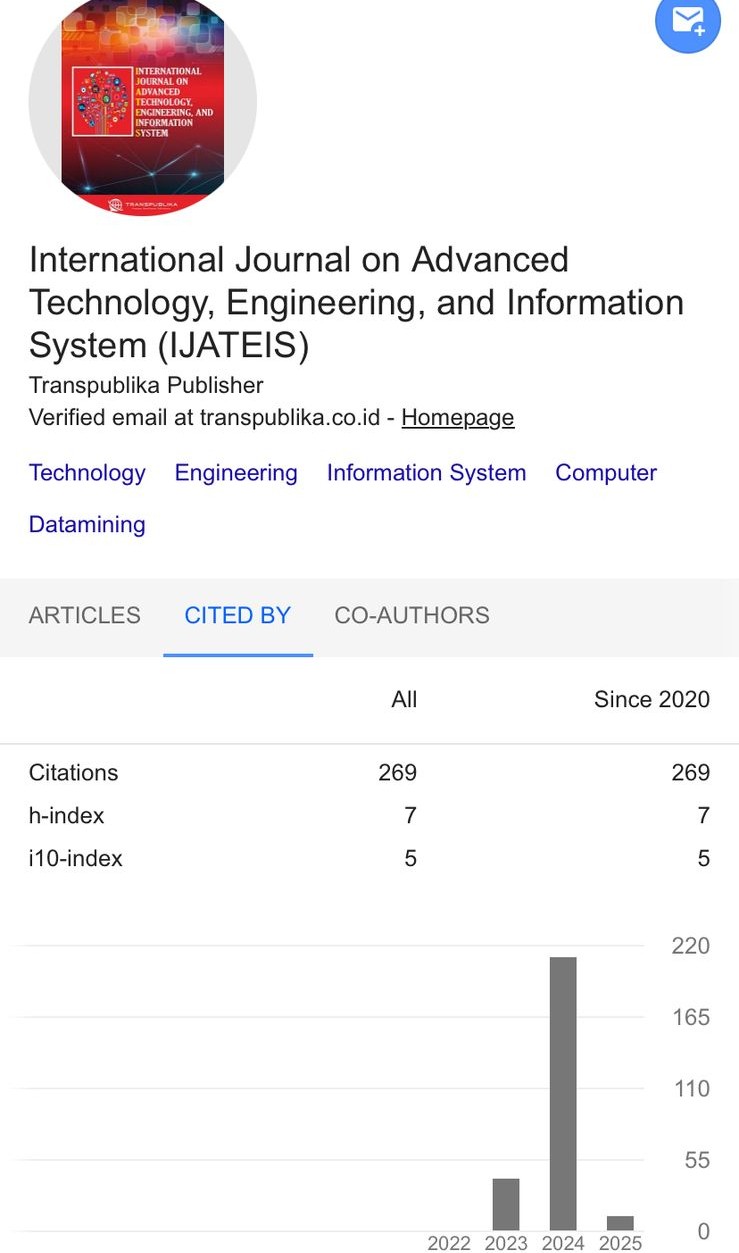Time and Cost Control Analysis of the Construction of the Joyoboyo Zoo Intermodal Terminal Pedestrian Tunnel Using the Critical Path Method
Main Article Content
I Ktut Riagung Sartiyana*
Laksono Djoko Nugroho
Haris Muhammadun
This study aims to analyse the effectiveness of Critical Path Method (CPM) in controlling the time and cost of the Pedestrian Tunnel construction project connecting Joyoboyo Intermodal Terminal with Surabaya Zoo. This project experienced various obstacles such as social conflicts, utility handling, and cross-agency coordination, resulting in delays in implementation. The research used a qualitative approach with primary data in the form of field observations and secondary data from project documents such as schedules, weekly reports, and cost budget plans (RAB). The analysis technique involved identifying the critical path, calculating the activity time, and evaluating the impact of delays on the project schedule. The results showed that the application of CPM was able to identify the critical path that had a direct impact on the project completion time. By knowing which activities have no float time, resource management can be optimised to reduce delays. However, the change in tunnel length from 156 metres to 172 metres affected the total project cost, although the implementation cost on the critical path was maintained.
Aliyu, A. M. (2012). Project management using critical path method (CPM): a pragmatic study. Global Journal of Pure and Applied Sciences, 18(3–4), 197–206.
Anastasiu, L., Câmpian, C., & Roman, N. (2023). Boosting construction project timeline: The case of critical chain project management (CCPM). Buildings, 13(5), 1249.
Astari, N. M., Subagyo, A. M., & Kusnadi, K. (2022). Perencanaan Manajemen Proyek dengan Metode CPM (Critical Path Method) dan PERT (Program Evaluation and Review Technique). Konstruksia, 13(1), 164–180.
Bradley, J. (2008). Management based critical success factors in the implementation of Enterprise Resource Planning systems. International Journal of Accounting Information Systems, 9(3), 175–200.
Johnson, J., & Eniola, J. (2024). Agile Precision: Navigating Critical Paths While Managing Sprints.
Kusharjanto, H., & Kim, D. (2011). Infrastructure and human development: the case of Java, Indonesia. Journal of the Asia Pacific Economy, 16(1), 111–124.
Lexy, J. M. (2011). Qualitative research methods. Bandung: Teenager Rosda Karya.
Yulaicho, M. R., & Hardjati, S. (2022). Optimizing the Management Function of the “LYN” City Transportation Route. Publik (Jurnal Ilmu Administrasi), 11(2), 237–251.












